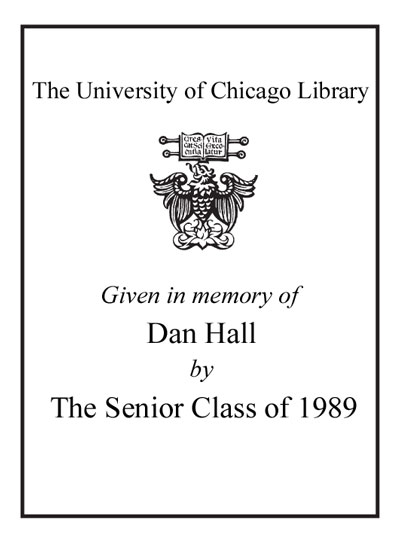Review by Choice Review
From the perspective of nearly 20 years, German historian Kettenacker perceptively reexamines the roots and process of German reunification and its aftermath. The sharp East-West division of Germany began with the postwar allied occupation zones and the confrontations of the Cold War, culminating in the construction of the Berlin Wall in 1961. Mikhail Gorbachev's relaxation of the Soviet grip on East Germany and Eastern Europe in the late 1980s ultimately opened the door for the reunification of Germany and the restoration of Europe. The unstoppable exodus of East Germans and popular pressure soon unexpectedly toppled the repressive German Democratic Republic. In 1990, Helmut Kohl, with the backing of George Bush, responded to the dissolving East German government with a plan that induced the East German populace to opt for an immediate merger with the Federal Republic of Germany. Although the peaceful reunification of Germany, its acceptance by the four wartime allies responsible for Germany, and its integration into NATO and Europe are an extraordinary 20th-century political achievement, the effort of unifying the two estranged and economically different societies has been arduous and full of disappointments. This important study is carefully researched, balanced in interpretation, and very readable. Summing Up: Highly recommended. For all levels and libraries. G. P. Blum emeritus, University of the Pacific
Copyright American Library Association, used with permission.
Review by Choice Review

